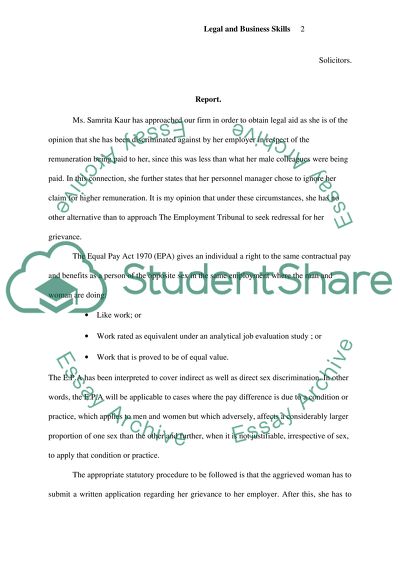Cite this document
(“Sex and Gender Issues at Work Essay Example | Topics and Well Written Essays - 1750 words”, n.d.)
Retrieved from https://studentshare.org/gender-sexual-studies/1531020-sex-and-gender-issues-at-work
Retrieved from https://studentshare.org/gender-sexual-studies/1531020-sex-and-gender-issues-at-work
(Sex and Gender Issues at Work Essay Example | Topics and Well Written Essays - 1750 Words)
https://studentshare.org/gender-sexual-studies/1531020-sex-and-gender-issues-at-work.
https://studentshare.org/gender-sexual-studies/1531020-sex-and-gender-issues-at-work.
“Sex and Gender Issues at Work Essay Example | Topics and Well Written Essays - 1750 Words”, n.d. https://studentshare.org/gender-sexual-studies/1531020-sex-and-gender-issues-at-work.


